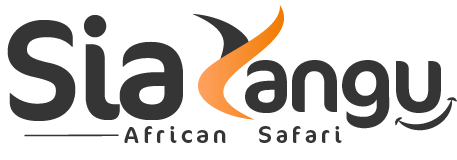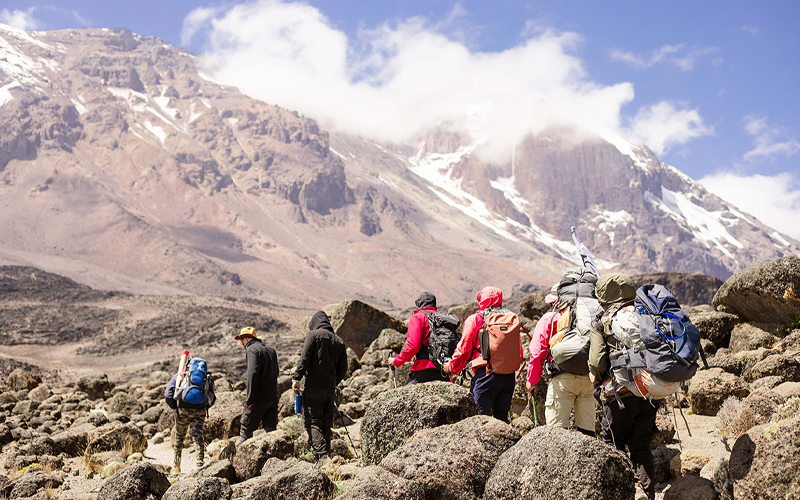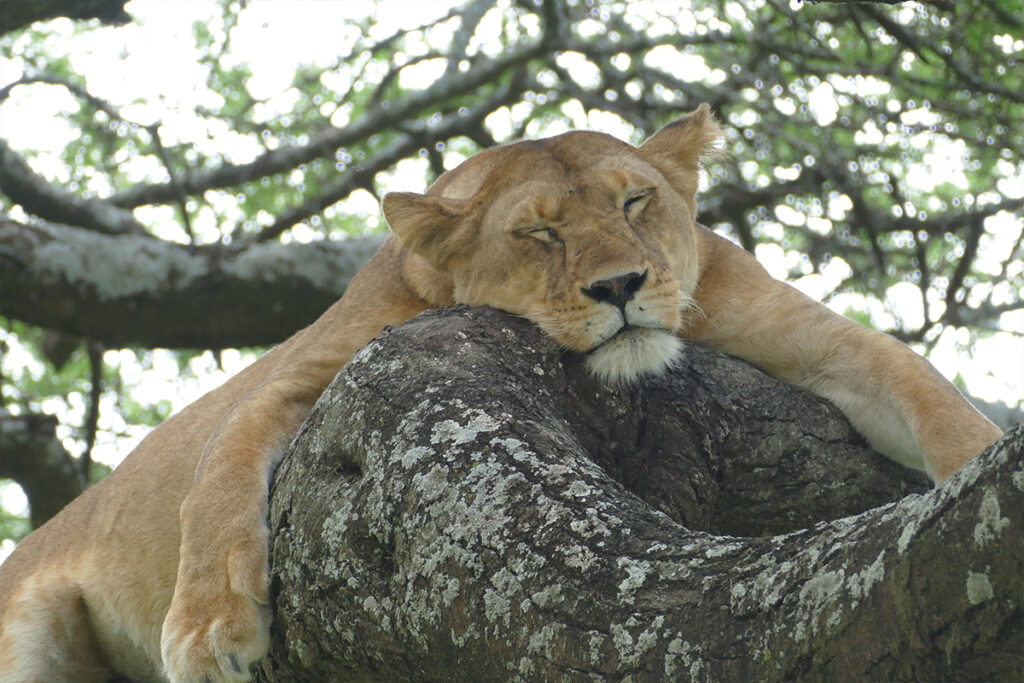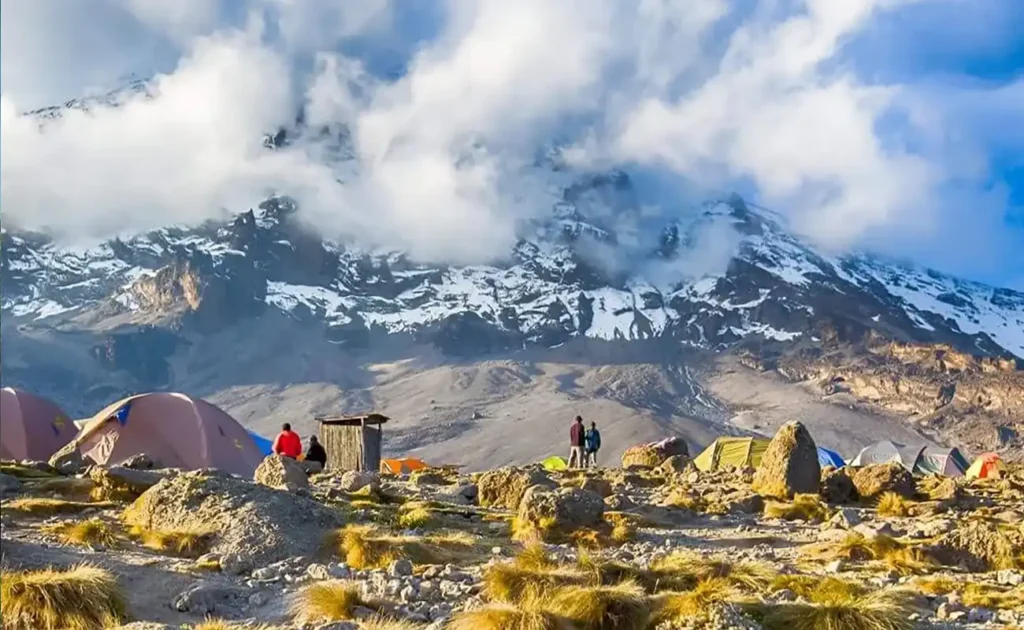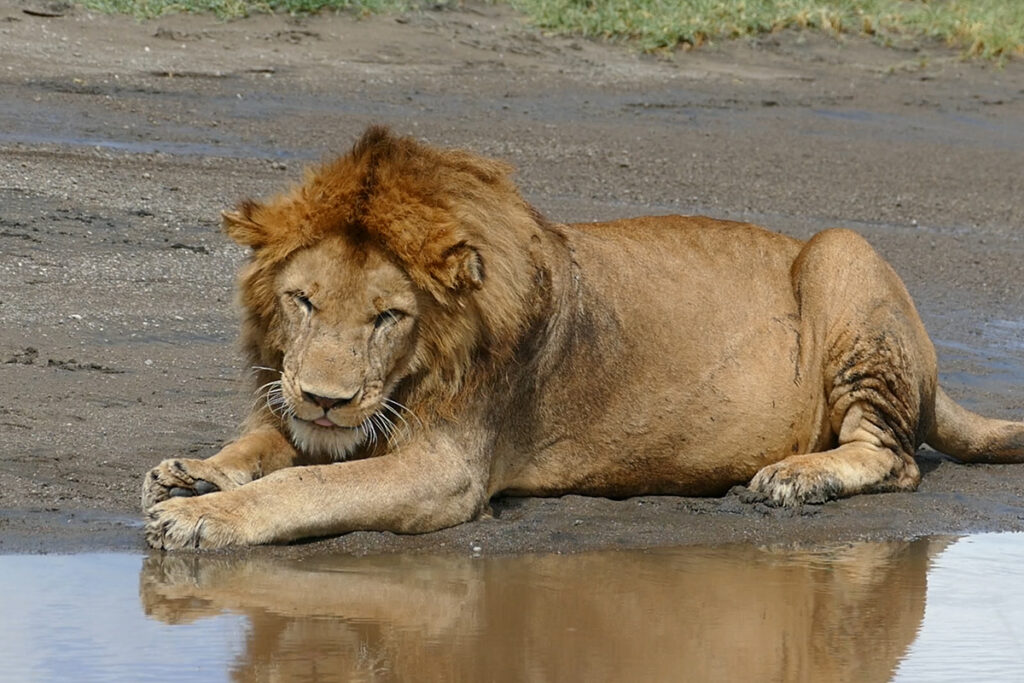Kilimanjaro trekking guide 2025
Mount Kilimanjaro, the highest peak in Africa, continues to attract thousands of adventurers from around the world. Whether you’re a first-time climber or a seasoned trekker, 2025 brings new updates, regulations, and insights for a successful Kilimanjaro climb. Here’s everything you need to know before embarking on your journey to the Roof of Africa.
1. New Sustainable Trekking Regulations
With growing concerns about environmental conservation, Kilimanjaro National Park has introduced new eco-friendly policies for 2025, including:
✅ Stricter waste management rules – Climbers and trekking companies must follow a carry-in, carry-out policy for trash.
✅ Eco-friendly campsites – The park is improving designated camping areas to minimize environmental impact.
✅ Porter welfare standards – More monitoring ensures fair treatment, proper wages, and safe working conditions for porters.
2. Best Kilimanjaro Routes in 2025
Choosing the right route is crucial for a successful climb. Here are the top recommended routes in 2025:
Northern Circuit Route (Orbit Kilimanjaro) – Best for Acclimatization
🔹 Duration: 8-9 days
🔹 Why Choose It? Offers the highest success rate (90%+), fewer crowds, and breathtaking views.
🔹 Highlights: Traverses the northern slopes, providing a unique and less-traveled experience.
Lemosho Route – Best for Scenic Beauty
🔹 Duration: 7-8 days
🔹 Why Choose It? A scenic and gradual ascent, offering excellent acclimatization and a high success rate.
🔹 Highlights: Walk through lush rainforests, Shira Plateau, and Lava Tower.
Marangu Route – Best for Budget Climbers
🔹 Duration: 5-6 days
🔹 Why Choose It? The only route with hut accommodations, making it a cost-effective option.
🔹 Highlights: Shortest and most direct route, but with a lower success rate due to rapid ascent.
Machame Route – Best for Adventurers
🔹 Duration: 6-7 days
🔹 Why Choose It? Known as the “Whiskey Route”, it’s a challenging but rewarding trek.
🔹 Highlights: Features the famous Barranco Wall climb and stunning landscapes.
3. Cost of Climbing Kilimanjaro in 2025
Kilimanjaro trekking costs depend on the route, number of days, and tour operator. In 2025, prices have slightly increased due to rising park fees and porter wages.
Estimated Costs:
✔ Budget Trek (Marangu Route, 5-6 days): $1,800 – $2,500
✔ Mid-Range Trek (Machame, Lemosho, or Rongai Route, 6-8 days): $2,500 – $3,500
✔ Luxury Trek (Northern Circuit, Private Treks, 8+ days): $4,000+
Additional Costs:
- Kilimanjaro Park Fees: ~$800-$1,000 per person
- Gear Rental: $100-$300
- Tips for Guides and Porters: ~$250-$300
4. Best Time to Climb Kilimanjaro in 2025
Your success on Kilimanjaro depends largely on weather conditions. Here’s a breakdown of the best climbing seasons:
Best Time:
- January – March (Less crowded, colder summit, dry lower slopes)
- June – October (Peak season, clear skies, best for photography)
Avoid:
- April – May (Long rainy season, slippery trails)
- November – December (Short rains, unpredictable weather)
5. Physical Preparation & Training Tips
Climbing Kilimanjaro is not technical, but it requires strong endurance and good fitness. Start training at least 2-3 months before your trek.
Key Training Exercises:
✔ Cardio Workouts (Running, cycling, hiking with a backpack)
✔ Strength Training (Squats, lunges, core exercises)
✔ Altitude Training (If possible, hike at high elevations before your trip)
Acclimatization Tips:
- Choose a longer route (7+ days) for better success rates.
- Follow the rule: “Climb high, sleep low” to prevent altitude sickness.
- Stay hydrated (drink at least 3-4 liters of water per day).
6. Essential Packing List for 2025
Having the right gear is crucial for safety and comfort. Here’s a must-have checklist:
Clothing:
✔ Thermal base layers
✔ Insulated down jacket
✔ Waterproof jacket and pants
✔ Hiking boots (well broken-in)
✔ Warm gloves, hat, and socks
Gear & Accessories:
✔ Headlamp with extra batteries
✔ Sleeping bag (-10°C to -20°C)
✔ Trekking poles
✔ Sunglasses and sunscreen
Other Essentials:
✔ Energy snacks
✔ Hydration pack & water bottles
✔ First-aid kit & altitude sickness meds
7. Common Challenges & How to Overcome Them
Altitude Sickness:
- Symptoms: Headache, nausea, dizziness.
- Prevention: Acclimatize properly, ascend slowly, and drink lots of water.
Cold Temperatures:
- Nighttime temps drop to -20°C near the summit.
- Solution: Layer clothing and use a high-quality sleeping bag.
Packing Too Much or Too Little:
- Solution: Stick to the essentials, but don’t forget warm layers and rain protection.
8. What’s New for Kilimanjaro Trekkers in 2025?
- Sustainable Trekking Initiatives – Eco-friendly camps, plastic-free treks, and improved waste management.
- Digital Permits – Park entry and climbing permits are now paperless, making check-ins easier.
- Emergency Evacuations – Faster response times with new helicopter rescue services.
- Upgraded Trails – Some routes, including Lemosho and Machame, have improved paths for safer treks.
Kilimanjaro remains one of the most iconic trekking destinations in the world, and 2025 offers exciting updates for climbers. Whether you’re looking for a budget trek or a luxury expedition, careful planning, proper training, and choosing the right route will increase your chances of reaching Uhuru Peak.
Conquer Kilimanjaro with Confidence!
Essential Guides for Your Climb:
- Kilimanjaro Climb Safety Guide – Stay safe on your journey.
- Kilimanjaro Altitude Sickness – Understand and prevent AMS.
- Kilimanjaro Crew Guide – Meet your expert support team.
- Kilimanjaro Electronic Gear – Must-have gadgets for your trek.
- Kilimanjaro FAQs – Everything you need to know.
- Kilimanjaro Food – What’s on the menu during your climb
- Kilimanjaro Packing List – Gear up for success.
Start planning your Kilimanjaro adventure today!
